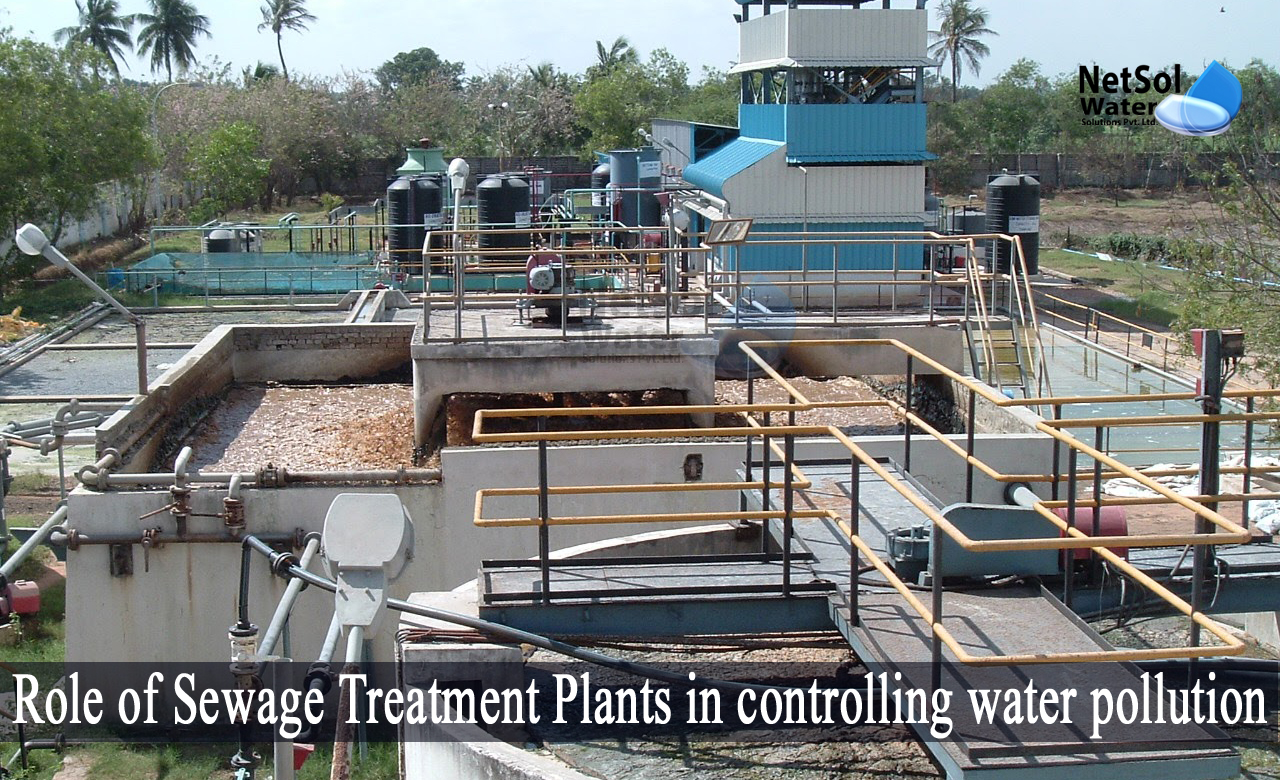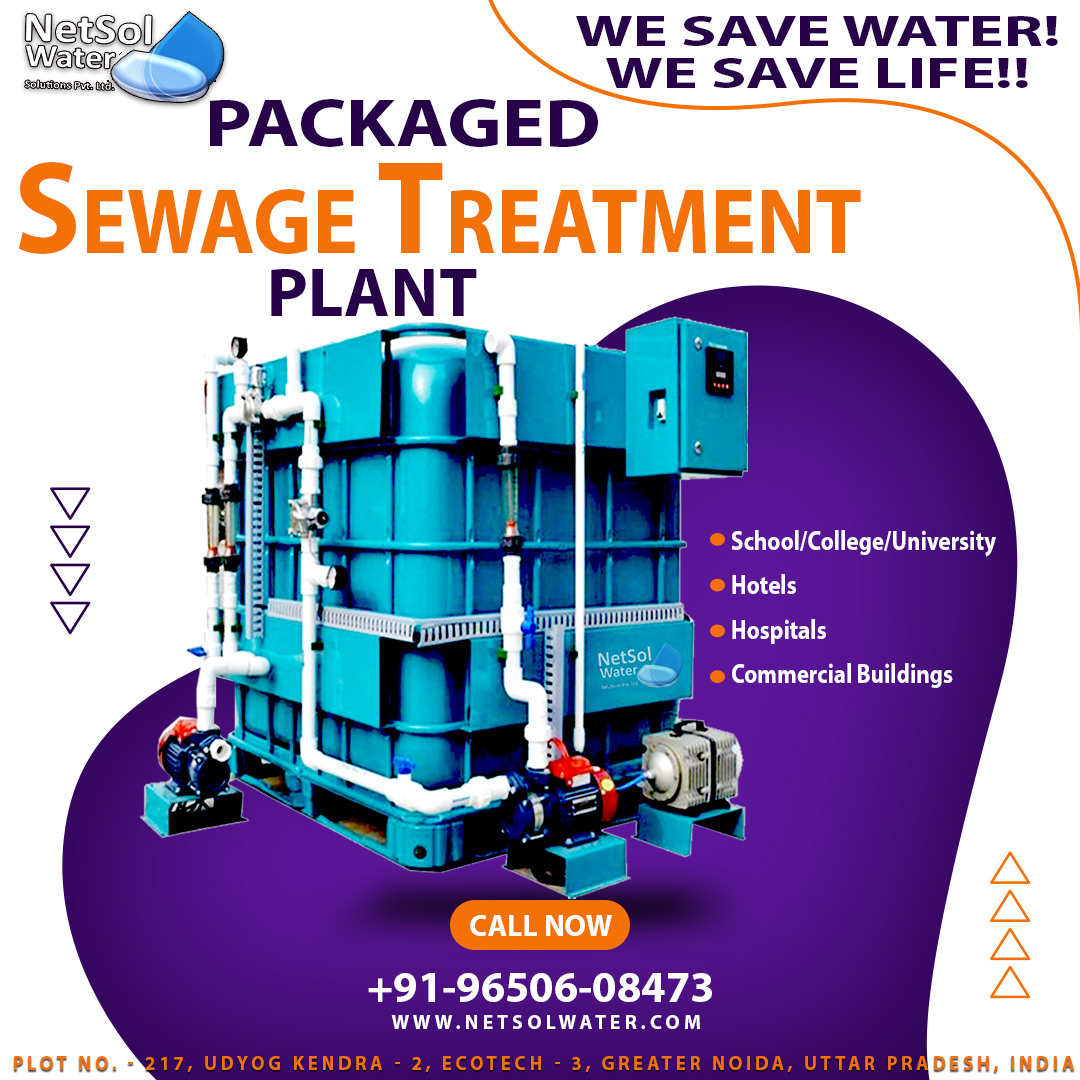Water Pollution
The release of harmful substances into bodies of water that render the water hazardous, for human consumption and damage aquatic ecosystems, is referred to as water pollution. A number of pollutants, including hazardous waste, petroleum, and pathogenic bacteria, can pollute water.
Water shortage has been the biggest environmental worry for the previous decade, but the quality of water resources dictates the quality of life. A multitude of reasons, including both home and industrial contaminants, is contaminating water supplies. Because sewage water comprises both biological and chemical contaminants, there is a great risk of discharging it directly into a living ecosystem. As a result, Sewage treatment plants prove to be a useful resource in controlling water pollution.
Sewage Treatment Plants (STPs)
Sewage treatment is highly suggested since it assists in the elimination of significant contaminants. Sewage treatment plants are in charge of treating sewage water from industrial and household sources. Despite the presence of heavy solid impurities, organic wastes, and hazardous compounds in industrial and household sewage water, the sewage treatment process must be effective in treating and separating toxic wastes, prior to discharge of wastewater in living systems, making it safe.
Stages of Sewage treatment
Sewage Treatment Plants are straightforward to build and operate, involving a variety of treatment steps.
Stage 1: In the initial step of sewage treatment, sedimentation is employed. Sewage water is collected in enormous tanks and allowed to settle for a period of time, resulting in the deposition of heavy solid pollutants to the tank's bottom, and liquid impurities floating on the top surface. Clarification is the process by which liquid pollutants such as oil floats, and grease are removed using clarifiers, which are generally circular in form.
Stage 2: The aeration process is the second stage of a sewage treatment plant's operation. Aeration is the process of activating sludge by using big blowers called aerators.
Due to the high BOD (Biological oxygen demand) of organic pollutants, the aerators offer oxygen to the bacteria, resulting in the production of sludge, which is removed later in the secondary stage. The design of the aerator fins and the tank size, impact the effectiveness of the aeration process.
Step 3:The third step involves the disinfection of harmful contaminants, which allows cleaned water to be disposed of safely. Thus, sewage treatment facilities help to manage water pollution, by minimizing harmful contaminants that enter natural water bodies.
What is the role of STP Plants in controlling water pollution?
Sewage treatment facilities help to reduce water contamination, by providing a steady grip to preserve the ecosystem's equilibrium. Despite its simplicity, the sewage treatment procedure is not frequently employed. Awareness of sewage treatment must be conveyed through various media outlets.
Water shortage is a key contributor to low population growth in underdeveloped nations, and water pollution destroys the health and hygiene of people. Despite the fact that water makes up three-fourths of the world's water content, just a small percentage of it is fit for human use. As a result, water re-uses in agriculture and industry should be promoted. Without effective sewage treatment, reuse is impossible; hence sewage treatment plants are equally as critical, as hydropower plants.
For the design, installation and manufacture of Sewage Treatment Plants in India, contact Netsol Water.




